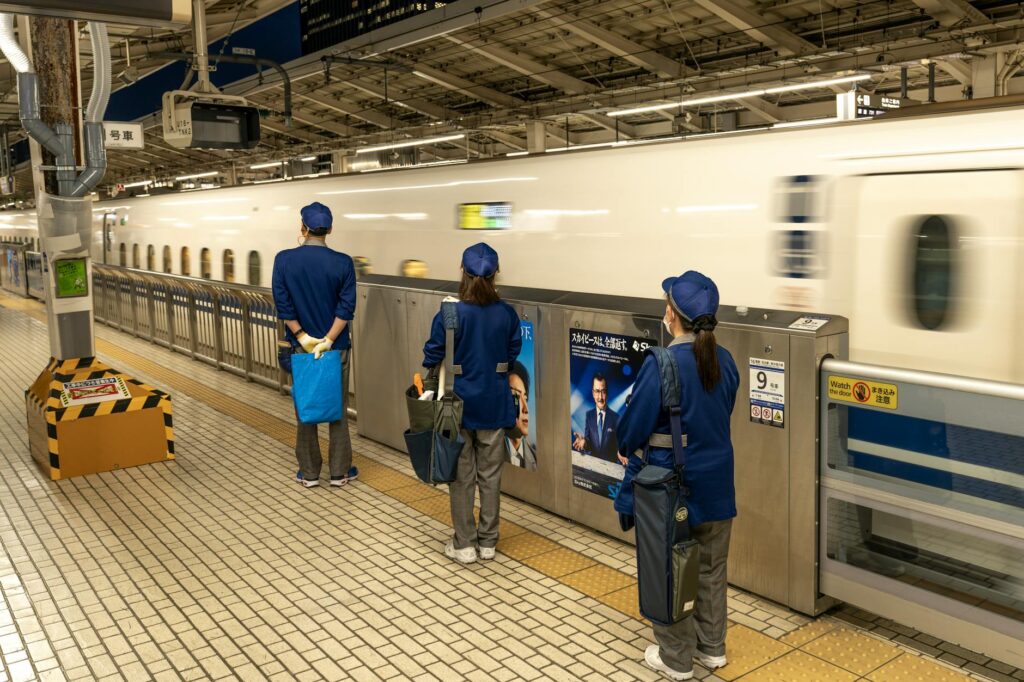India’s Getting E10 Bullet Trains by 2030 – But First, Japan’s E5 Takes the Lead
Let’s Talk About India’s Bullet Train Dream
So, India’s big bullet train plan—linking Mumbai and Ahmedabad—is finally getting real. And here’s the kicker: Japan’s not just helping out, they’re practically holding our hand through it. We’re starting with their trusty E5 Shinkansen, you know, the one that’s been zipping across Japan for years. Then, by 2030, we’ll upgrade to the fancy new E10. It’s like learning to drive in a Maruti before getting behind the wheel of a Tesla. But why does this matter? Well, let me break it down.
1. Japan’s E5: Our Training Wheels
1.1 What’s So Great About the E5?
This thing hits 320 km/h without breaking a sweat. And the ride? Smooth as butter—quiet, comfy seats, the works. It’s like flying business class but on rails. Japan’s been running these for ages, so they’ve got all the kinks ironed out.
1.2 Why We’re Starting With the E5
Honestly? Because we’re not stupid. You don’t give a kid a Ferrari for their first car. The E5’s got a spotless safety record, and our engineers need time to figure out how this magic works before we jump to the next level. Smart move, if you ask me.
1.3 But It Won’t Be Easy
Here’s the thing—Japan’s weather is… polite compared to ours. Our trains gotta survive 45°C summers, monsoon floods, and dust storms that’d make a camel cough. And training our guys to maintain these beasts? That’s gonna be a whole project by itself.
2. The E10: Where Things Get Really Exciting
2.1 Why Everyone’s Buzzing About the E10
350 km/h. Let that sink in. That’s Delhi to Agra in like 15 minutes. Plus, it’s got AI that probably knows when you need coffee before you do, and it sips electricity like it’s counting calories. Game changer.
2.2 It’s Not Just Buying, It’s Building
This is where Make in India comes in—we’re not just buying trains, we’re making them. Well, parts of them anyway. Japanese tech with Indian manufacturing? Could be a killer combo. Might even export some components someday.
2.3 How It Beats the E5
Faster, smarter, fits more people—like upgrading from a scooter to a luxury bus. But here’s the real win: it’s being designed for Indian conditions from the start. No more squeezing Japanese tech into Indian reality.
3. E5 vs E10: The Showdown
3.1 Need for Speed
The E5’s no slouch at 320, but the E10? It’s like comparing a cheetah to Usain Bolt. And it does it while using less power—your electricity bill will thank you.
3.2 Brains vs Brawn
The E5’s like your reliable old Nokia. The E10? Latest iPhone with all the bells and whistles—AI, self-diagnostics, the whole shebang.
3.3 Counting the Costs
Sure, the E5’s safer to start with, but the E10’s where the real payoff is. Jobs, skills, maybe even putting India on the global train-making map. Long game, people.
4. The Mumbai-Ahmedabad Line: What’s Cooking?
4.1 Where We’re At Now
They’re laying tracks and sorting land issues—you know how that goes in India. E5 trials should start soon, with the full E10 show by 2030. Unless, of course, some farmer decides his field is worth more than the train. Could happen.
4.2 Why You Should Care
Mumbai to Ahmedabad in 2 hours instead of 7? That’s the difference between a day trip and needing a hotel. Businesses will boom along that route like street food near a college.
4.3 What Could Go Wrong
Between public protests, paperwork delays, and making sure tickets don’t cost a kidney—there’s plenty that could slow this down. But hey, no one said changing transportation was easy.
5. Bigger Than Just One Train Line
If this works? Delhi-Mumbai could be next. Then maybe Chennai-Bangalore. We’re talking about joining the big leagues—countries that actually have their act together when it comes to trains. About time, right?
Wrapping Up
The E5’s our practice run, but the E10? That’s when India really starts running. This isn’t just about faster trains—it’s about showing we can do first-world infrastructure. Will there be hiccups? Obviously. But for once, I’m actually optimistic about a government project. Now if they could just fix the local trains…
Source: Navbharat Times – Default

